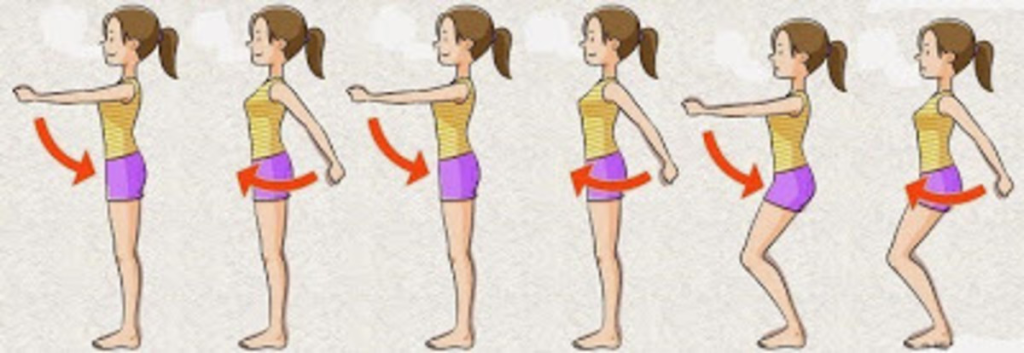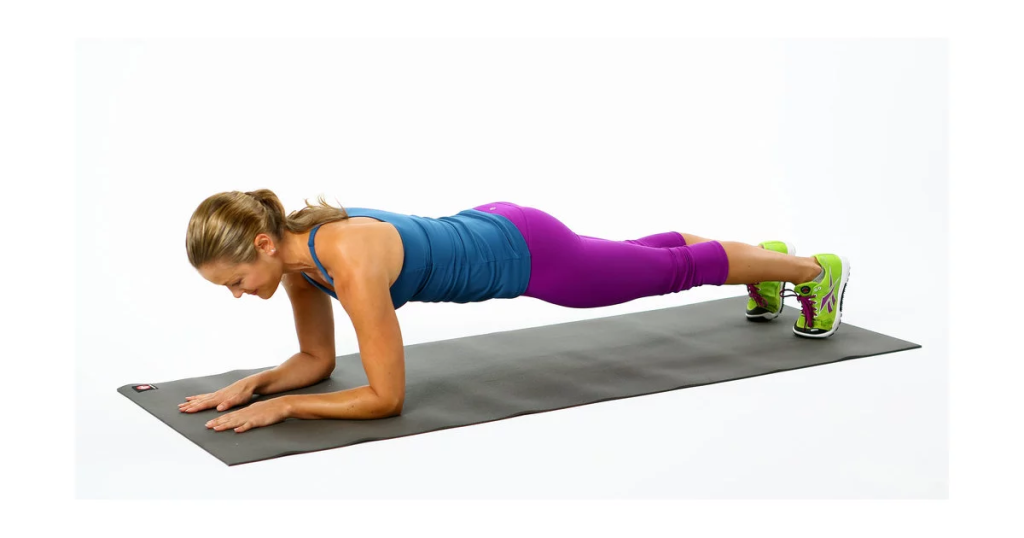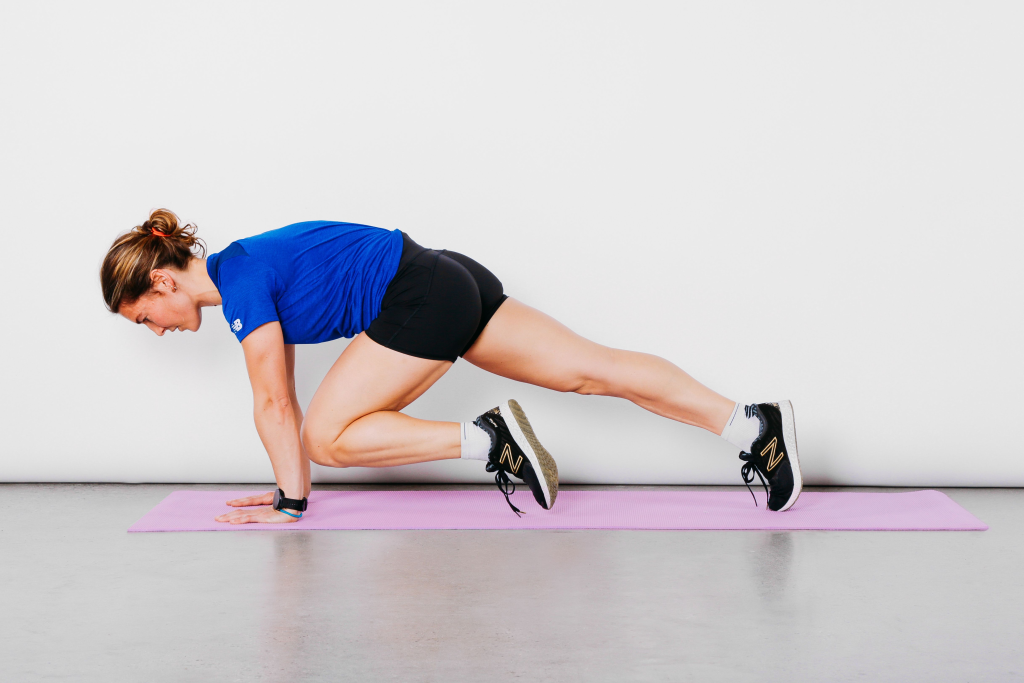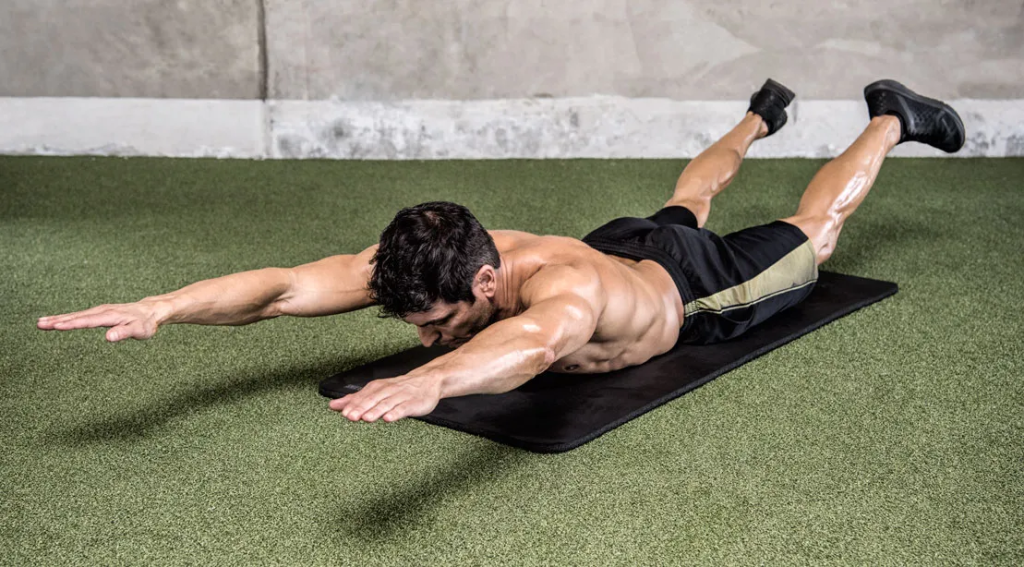Are You Still Hitting the Snooze Button Instead of Hitting Your Goals?
Do you know that how you spend the first hour of your morning can significantly shape the rest of your day—and even your future? For men over 25, your body is no longer in the rebound mode of early youth. Muscle recovery slows, metabolism begins to shift, and energy isn’t as bottomless as before. That’s exactly why having a consistent and effective morning workout routine at home can be a game-changer—not just for your body, but for your mindset, productivity, and long-term health.

What Happens After 30 Days of This Morning Routine?
| Change Area | What to Expect After 30 Days |
|---|---|
| Energy Levels | Noticeably higher energy throughout the day; reduced morning sluggishness. |
| Muscle Tone | Improved muscle definition in arms, chest, legs, and core. |
| Metabolism | Boosted metabolism; better fat-burning even at rest. |
| Mental Focus | Sharper concentration and improved mood; reduced brain fog. |
| Sleep Quality | Deeper, more restful sleep due to consistent physical activity. |
| Discipline & Routine | Stronger daily habits and increased motivation to stay active. |
| Stress & Anxiety | Lowered stress levels and improved mental resilience. |
| Posture & Flexibility | Better posture, reduced stiffness, and improved mobility. |
| Testosterone Support | Natural stimulation of testosterone through resistance training. |
| Overall Confidence | Greater self-esteem and a more positive self-image. |
Why Morning Workouts Matter More After 25
As testosterone levels begin to gradually decline after the age of 25, building and maintaining lean muscle mass requires more effort. Morning workouts can naturally stimulate testosterone production, increase metabolic rate, and improve mental clarity throughout the day.
Interesting Fact: Studies show that people who exercise in the morning tend to be more consistent in their routine and make healthier food choices throughout the day.
The Ideal Morning Routine: 30 Minutes That Set the Tone for the Day
You don’t need fancy equipment or an expensive gym membership. All you need is 30 minutes, your body, and commitment. Here’s a balanced, full-body morning routine you can follow 5–6 days a week.
1. Wake-Up Primer (3–5 minutes)
Before jumping into movement, it’s essential to “wake” your body and nervous system.
- Hydration: Drink a glass of water to kickstart your metabolism.
- Dynamic Stretching (1 minute): Arm circles, neck rolls, hip openers.
- Breathwork (2–3 minutes): Try deep belly breathing or box breathing (4-4-4-4).
2. Warm-Up (5 minutes)
Never skip this part. It prevents injuries and increases performance.




3. Strength & Cardio Circuit (20 minutes)
Do 3 rounds of the following circuit, resting 60 seconds between rounds.
Push-Ups – 12 to 15 reps
Great for chest, shoulders, and triceps. Modify with knees down if needed.

Bodyweight Squats – 15 reps
Works quads, glutes, and hamstrings. Add a jump for extra intensity.
Plank – 30 seconds to 1 minute
Engages core, shoulders, and improves posture.

Mountain Climbers – 30 seconds
Boosts heart rate and activates core muscles.

Lunges (Alternating) – 10 reps per leg
Strengthens glutes, hamstrings, and improves balance.

Superman Hold – 30 seconds
Targets lower back and combats slouching posture from desk jobs.

Myth Buster: You don’t need hours in the gym to get fit. Consistency with short, effective routines is often more impactful than sporadic long workouts.
Optional Add-On: Finish with a Cold Shower
It might sound intense, but a 1-2 minute cold shower post-workout can enhance recovery, reduce inflammation, and increase alertness. It’s also a great mental resilience builder.
Post-Workout Nutrition Tips (Brief Overview)
- Don’t skip breakfast—go for high-protein, nutrient-dense meals (e.g., eggs, oats, Greek yogurt, smoothies).
- Hydrate well—your muscles need water to recover and grow.
- Include healthy fats (like avocado or nuts) to support testosterone levels.
Do You Know?
A 2023 health survey found that over 65% of men aged 25–35 who stuck to a daily morning workout reported improved sleep quality, increased confidence, and reduced anxiety within just 30 days.
Make It a Lifestyle, Not a Chore
The key is to build a morning routine that’s simple, sustainable, and fits your current fitness level. You’re not competing with anyone—you’re showing up for your future self.
Final Thoughts
Your 20s are the decade of building: career, relationships, and your physique. A powerful morning exercise routine can be your daily investment in becoming stronger, more focused, and more resilient.
Start small, stay consistent, and remember: It’s not about having time, it’s about making time.
Frequently Asked Questions (FAQs)
Is it better to work out in the morning or evening for men over 25?
While both times have benefits, morning workouts often lead to better consistency, improved mood, and higher productivity throughout the day. They also help regulate testosterone and cortisol levels, which start fluctuating more after 25.
Can I build muscle with only bodyweight exercises at home?
Yes. When done correctly with proper form, tempo, and progression (like increasing reps or adding variations), bodyweight exercises can be highly effective for muscle building—especially for beginners to intermediate fitness levels.
How long should a morning workout be?
A well-structured 25–30 minute workout is sufficient. The key is intensity and balance—focusing on both strength and cardio with minimal rest between exercises.
Should I eat before or after my morning workout?
This depends on your body. If you feel weak or dizzy exercising on an empty stomach, have a light pre-workout snack (like a banana or handful of nuts). However, many men successfully train fasted and eat a hearty breakfast afterward to aid recovery.
What if I don’t have energy in the morning to work out?
Start small. Just 5–10 minutes of movement can significantly increase your energy. As your body adapts, your morning stamina will naturally improve. Also, ensure you’re getting quality sleep—often overlooked but essential for workout performance.
How many days a week should I do this morning routine?
Aim for 5–6 days a week, with at least one rest or active recovery day (like walking or yoga). Consistency matters more than intensity when you’re building a long-term habit.
Will morning workouts help me lose belly fat?
Morning workouts, when paired with a balanced diet and consistent routine, can significantly support fat loss. However, spot reduction is a myth—you’ll lose fat gradually from your whole body.





